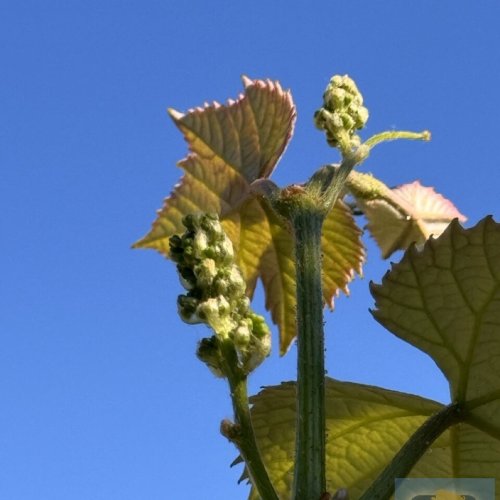- Time of past OR future Camino
- First one in 2005 from Moissac, France.
Hi - remember the summer? Constant up in the forties? I have been looking for a hydration chart for a while now - so much easier than trying to explain to the dehydrated pilgrims I meet 
The only thing missing is when you find you are not passing water and then that you are not sweating - let the alarm bells ring!
Also, funnily enough, water is not sufficient to rehydrate as too much will leach out the electrolytes in the body, leading to weakness, dizziness, and sometimes nausea .. the 'sports' drinks are useless, mainly because they are full of sugar, which will spike your sugar levels for twenty minutes and then leave you lower than you were before you started drinking it (same spike effect with chocolate) .. better to add salt to your food and to use rehydrating sachets such as Dioralyite.
Anyway - here the urine colour chart (anyone getting purple please do let us know!!)

The only thing missing is when you find you are not passing water and then that you are not sweating - let the alarm bells ring!
Also, funnily enough, water is not sufficient to rehydrate as too much will leach out the electrolytes in the body, leading to weakness, dizziness, and sometimes nausea .. the 'sports' drinks are useless, mainly because they are full of sugar, which will spike your sugar levels for twenty minutes and then leave you lower than you were before you started drinking it (same spike effect with chocolate) .. better to add salt to your food and to use rehydrating sachets such as Dioralyite.
Anyway - here the urine colour chart (anyone getting purple please do let us know!!)














